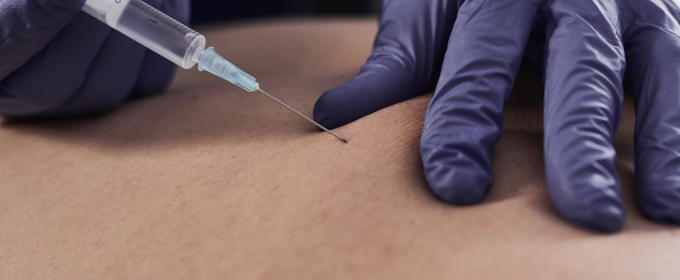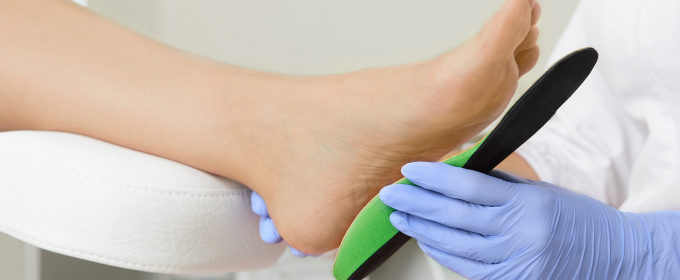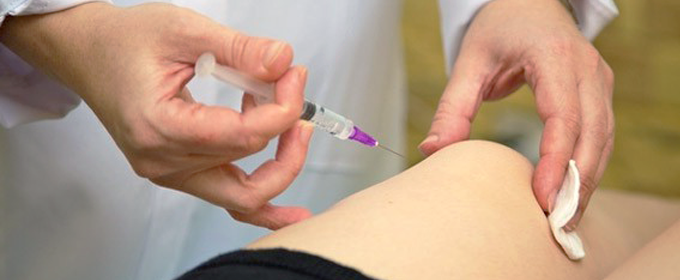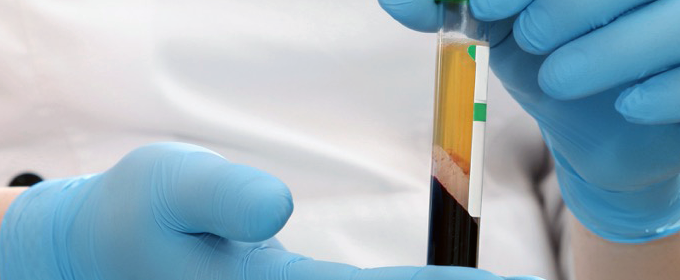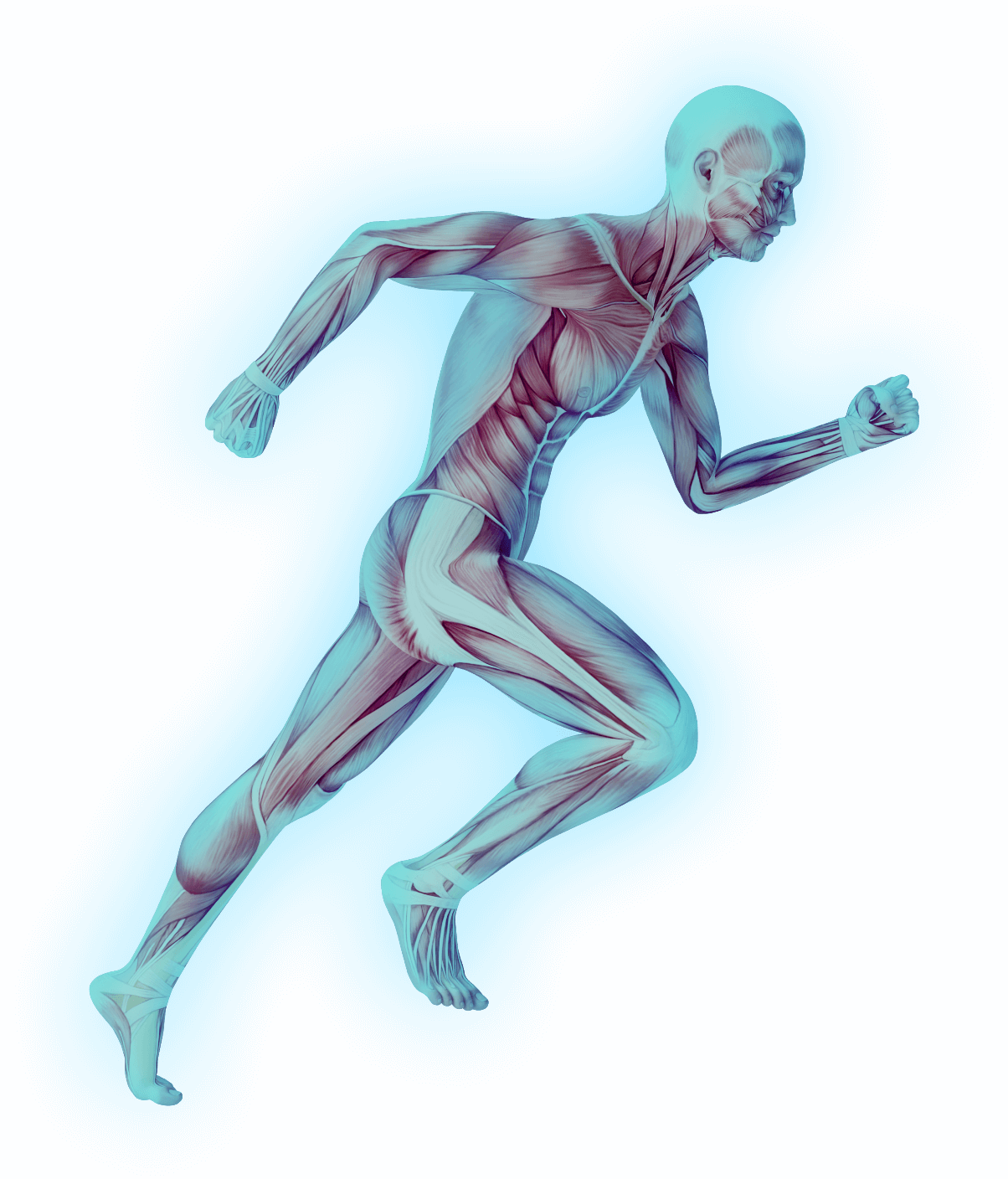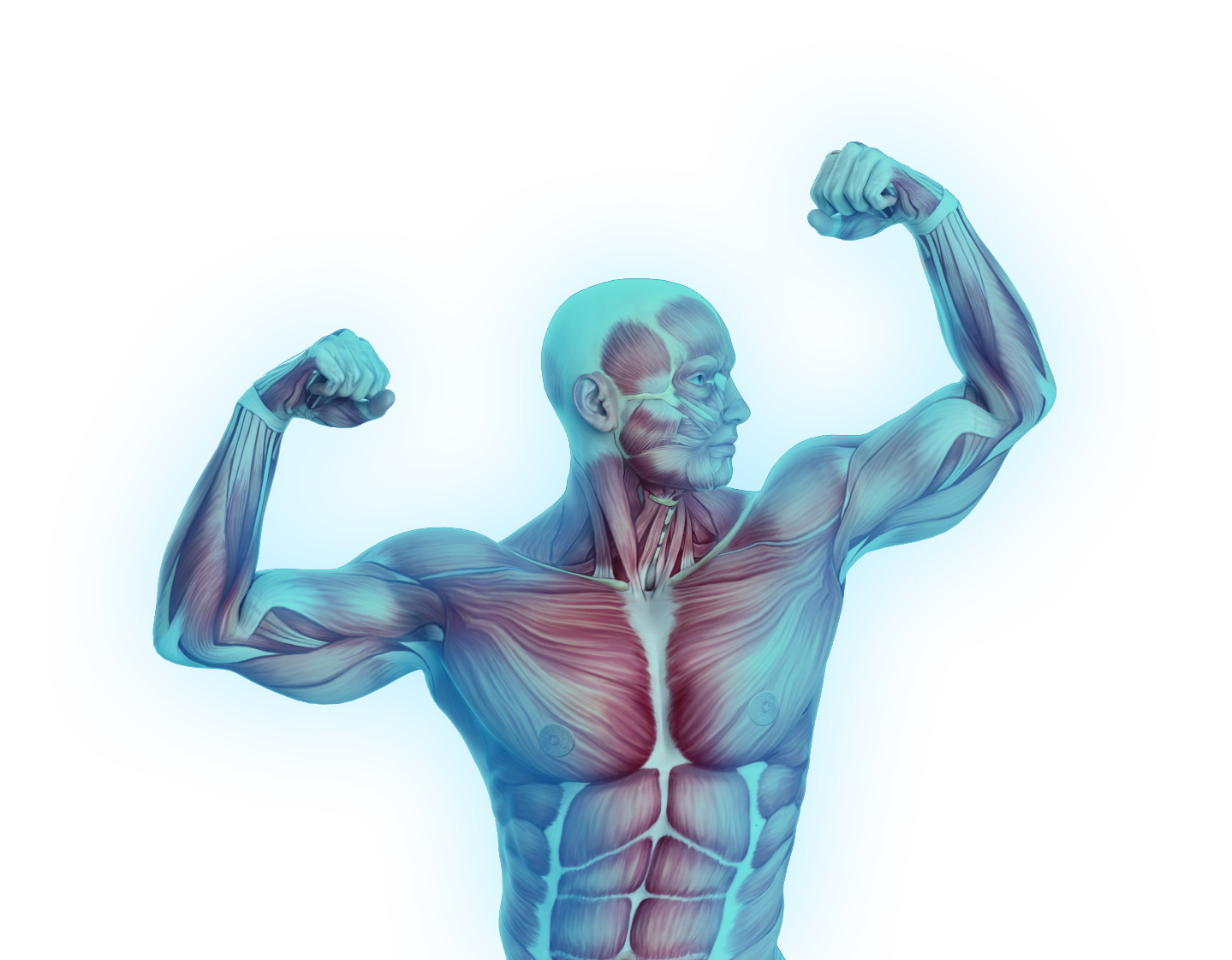Dr. Gary B. Clark is an experienced medical orthopedic doctor who specializes in providing pain relief and improving joint function by using osteopathic-style manual treatment and regenerative injection therapy to diagnose and treat musculoskeletal joint sprain and degenerative injuries. Orthopedic medical doctors take a hands-on approach to the diagnosis and treatment of joint injuries and other musculoskeletal ailments. Your pain will lessen after Dr. Clark’s procedures and you’ll find it much easier to move and manipulate.
Regenerative Injection Therapy: A Simple Definition and List of Benefits
Regenerative injection therapy (RIT) is a treatment for joint, cartilage, ligament, muscle, or tendon injuries. RIT involves the injection of a natural solution into the affected musculoskeletal tissue to bring relief from chronic pain and return to normal joint function by healing without palliative medications or surgery.
Dr. Clark provides two types of regenerative injection therapy:
-
Prolotherapy - The physician injects a concentrated solution of glucose at the site of injury where your injured ligament or tendon attaches to the bone, using ultra-sound guidance. The dextrose mildly irritates the ligament or tendon tissue, creating an inflammatory reaction, which causes an influx of natural growth factors that stimulate regeneration of normal tissue at the ligament or tendon injury site.
-
Platelet-rich plasma (PRP) Therapy - The physician injects a biological concentrate of your own platelets into an ligament or tendon injury site using ultrasound-guided injection technology. Your platelets naturally contain a very high concentration of growth factors, which are delivered directly to the ligament or tendon injury site. Those growth factors stimulate tissue regeneration without the need for creating the intermediate inflammatory step.
Both of these advanced treatments help the body to heal itself without palliative medications or unwarranted surgery by encouraging the formation of new, healthy tissue, naturally healing soft tissue traumatic sprain and degenerative joint injuries. While these RIT procedures have become increasingly popular in recent years and have improved by modern technology, earlier forms of regenerative therapy have been available since the 1930s (almost a century ago).
Regenerative injection therapy seeks to replicate and accelerate the normal healing process. Normally, when you injure musculoskeletal tissue, your body receives a signal to start the healing process by generating an inflammatory reaction, which removes the damaged tissue and then replaces it with healthy tissue. This inflammatory healing process can be mildly painful.
Unfortunately, many medical doctors unwittingly prescribe anti-inflammatory drugs or steroids to treat the potentially severe pain of injury (which is different from the mild pain of inflammation). But these pain medications (analgesics) also chemically inhibit the normal healing process by blocking important healing enzymes. Or due to misdiagnosis, unwarranted surgery is performed.
There are many benefits of regenerative injection therapy. These benefits include renewed joint function with pain relief, increased muscle strength, and avoidance of surgery. RIT can be effective for decades after the healing of an injury, even after previous attempts at physical therapy, anti-inflammatory dosing and injections (e.g., NSAIDs or cortisone), and surgical attempts have failed again and again and again.
What to Expect from Regenerative Injection Therapy for Pain Relief
Regenerative injection therapy for pain relief and improved joint function supports the healing of severe acute and chronic injuries of joints, ligaments and tendons, including: Joint instability and arthritis.
-
Sacroiliac joint injury/pain/sprain/dysfunction
-
Low back (lumbar) pain
-
Scoliosis syndrome
-
Sciatica and pseudo sciatica
-
Headaches/migraines
-
Temporomandibular joint (jaw) pain
-
Cervical Neck pain
-
Thoracic spine and intercostal rib pain
-
Shoulder pain
-
Elbow pain
-
Wrist pain
-
Hand and finger pain
-
Hip pain
-
Knee and kneecap pain
-
Ankle pain
-
Foot and toe pain
When you go to your appointment for standard prolotherapy as a regenerative injection therapy for pain relief and improved joint function, the doctor will first apply an antiseptic and a local anesthetic to the injection site and, then, will inject the glucose solution. The glucose solution consists of a local anesthetic (usually Lidocaine™) and glucose (Dextrose™), which is injected into the ligament or tendon injury site. The glucose molecules irritate the target tissue enough to cause a localized inflammatory response, which includes a particularly important component of growth factors. These inflammatory growth factors cause the fibroblastic cells of the targeted ligament or tendon to generate new collagenous connective tissue—that is new ligament or tendon, healing the traumatic or wear-and-tear sprain /degenerative injury.
Standard platelet-rich plasma (PRP) therapy is used for treating a range of usually more complicated or more severe ligament or tendon sprain/degenerative injuries. Platelets contain inflammatory growth factors, allowing the physician to treat such injuries more directly, skipping the normal inflammation cycle of healing. During your session in the clinic, the doctor draws 20 to 60 cubic centimeters (cc) of blood from the vein at the front of your elbow, just like a blood draw for a regular blood test. Your whole blood sample is placed in a centrifuge, which separates your various whole blood cell components so the doctor can specifically harvest several cc of platelet-rich plasma. The physician then injects these platelets, containing your natural growth factors, directly into the sprained or degenerated tissues at the ligament or tendon injury site.

During the individual ligament or tendon injections, there may be a very brief, momentary discomfort as the physician is injecting into sprained or degenerated tissue; often this is painless. After the therapy, you will normally feel a little achy pain and soreness and some minor swelling at the injection site. These minor post-therapeutic discomforts can last for one to three days. Dr. Clark may advise you to take acetaminophen (Tylenol™) and to apply heat for that short-termed achy discomfort. You should not use Aspirin™, any non-steroidal anti-inflammatory drugs (NSAIDs) such as Aleve™ or Ibuprofen™ , corticosteroids or ice. Heat is highly advised, as long as it is carefully administered (i.e., avoid too much to avoid a burn or skin irritation).
You can return to routine activity but should not participate in high-intensity exercise or other vigorous activity while you’re receiving regenerative injection treatments. Generally, you should stay active to relieve pain and stiffness and stimulate the new collagen to be laid down properly, but you shouldn't overdo it and cause yourself further injury.Regarding diet or supplements, Vitamin C (ascorbic acid) is an excellent dietary supplement that directly supports the regenerative healing process as Vitamin C is an important co-enzyme absolutely necessary in the fibroblastic collagen production process.
Regenerative injection therapy for pain relief and improved joint function can help your musculoskeletal problems significantly. We have a very high rate of success. But RIT is not a quick fix. Your body will require time to rebuild its sprained and degenerated tissues and, finally, heal itself, so you may experience some discomfort continued symptoms for a while. But your symptoms will resolve over time. That resolution often requires stabilization of the injured joint before any significant improvements can be achieved. It is after that stabilization that other adjunct therapies such as physical therapy, Rolfing™ (myofascial release) and Pilates™ (core strengthening) will finally become truly effective. As time goes on, improvement of musculoskeletal comfort and function will become more and more evident.
Get Help at the Top Center for Regenerative Medicine
Make an appointment to visit us and let Dr. Clark help you get rid of your chronic pain and joint dysfunction. Prolotherapy and platelet-rich plasma therapy will work when purely palliative therapy or other misdiagnosed treatments have failed. Call (303) 444-5131 or fill out the form on our website so we can talk to you about your concerns. If you have joint pain or dysfunction that you want to treat without surgery or anti-inflammatory or opioid medications, the Center for Regenerative Medicine staff can provide an appropriate musculoskeletal diagnosis and highly effective treatment.



